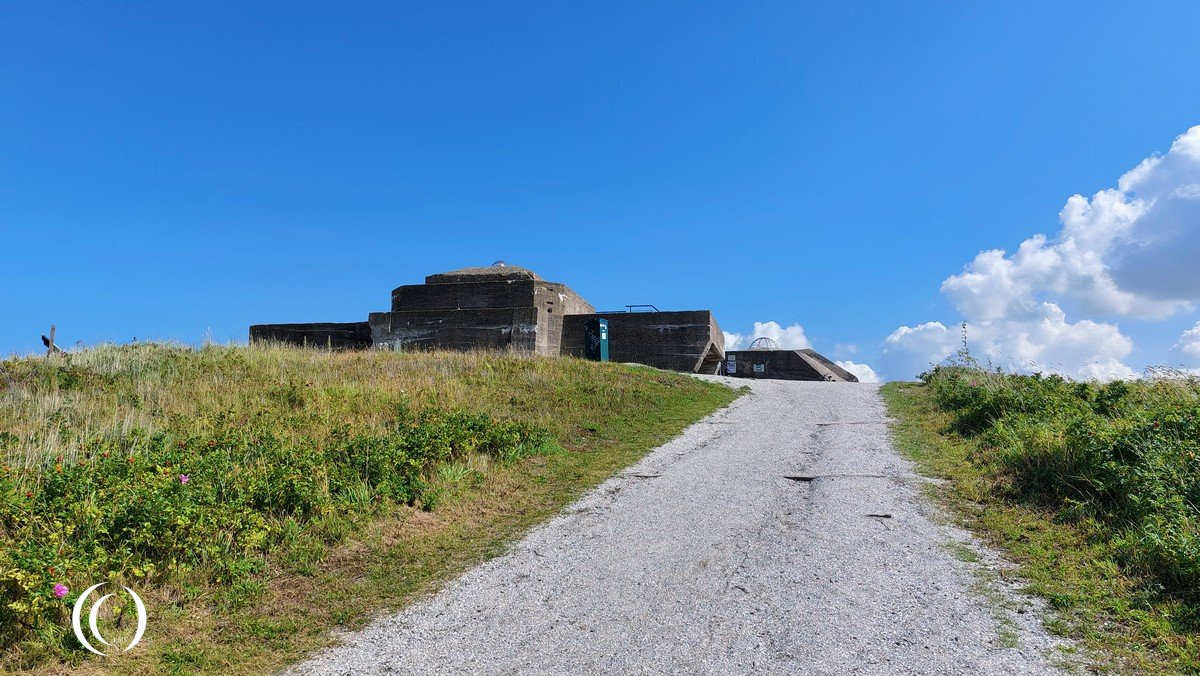
During World War II, Schiermonnikoog was occupied by German forces from May 1940 until June 1945. Around 700 soldiers were stationed on the island, nearly matching the local population. The Germans built a radar and defense complex called “Schlei,” part of the Atlantic Wall, including bunkers, anti-aircraft guns, and barracks. Schiermonnikoog was one of the last Dutch territories liberated, only after Germany’s official surrender in May 1945.
AAs part of this radar complex the Germans built a bunker type L480 Regelbau bunker as “Unterstand für Wassermann S”, a support for a large radar type Wasserman. The “L” in the number designates it is a Luftwaffe bunker and the “S” means Schwere (Eng. heavy). The bunker was built by Organisation Todt.
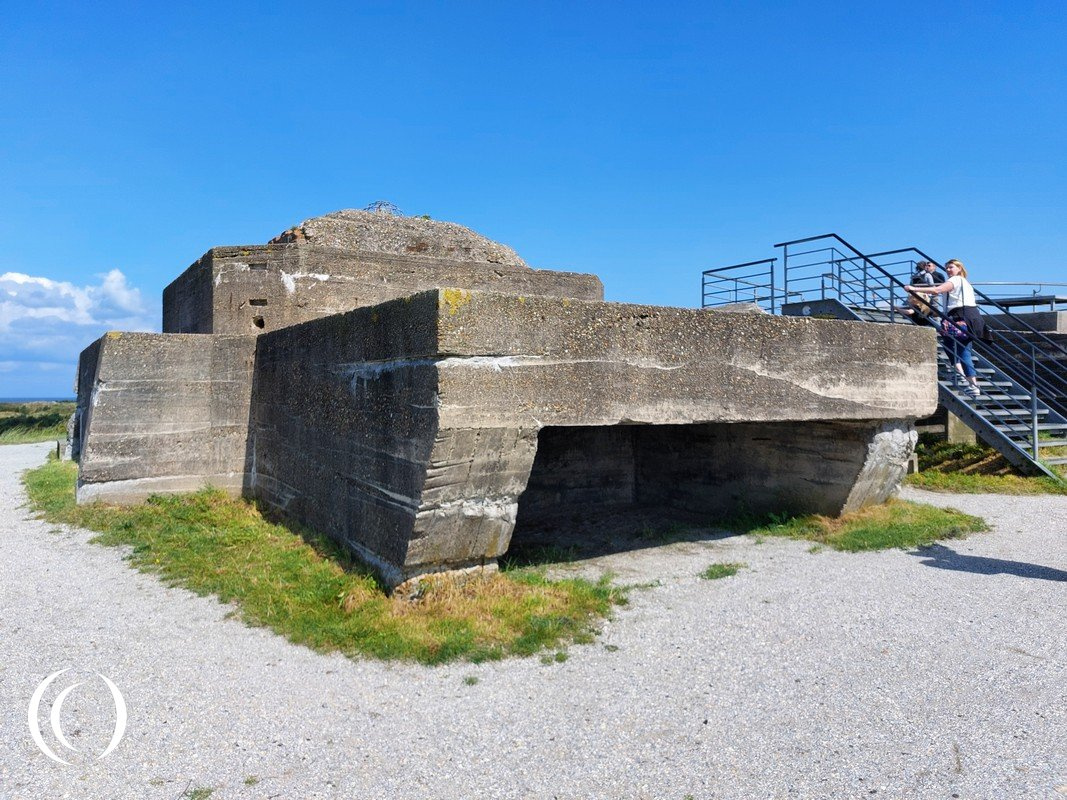
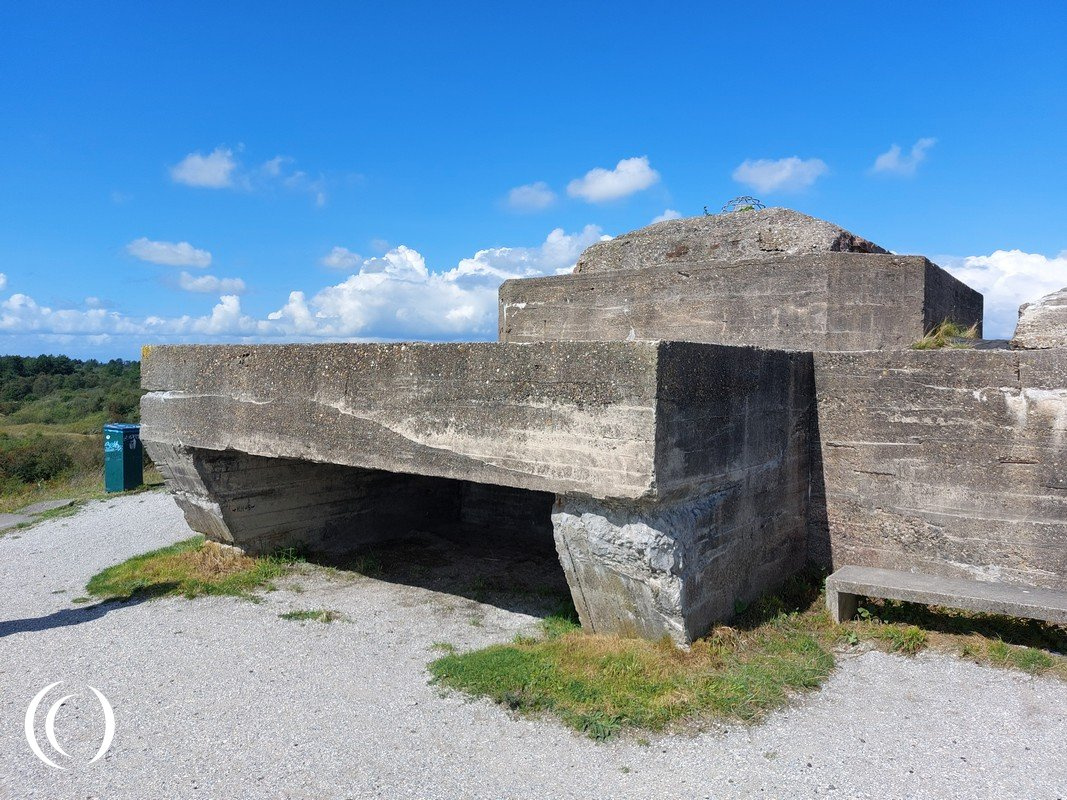
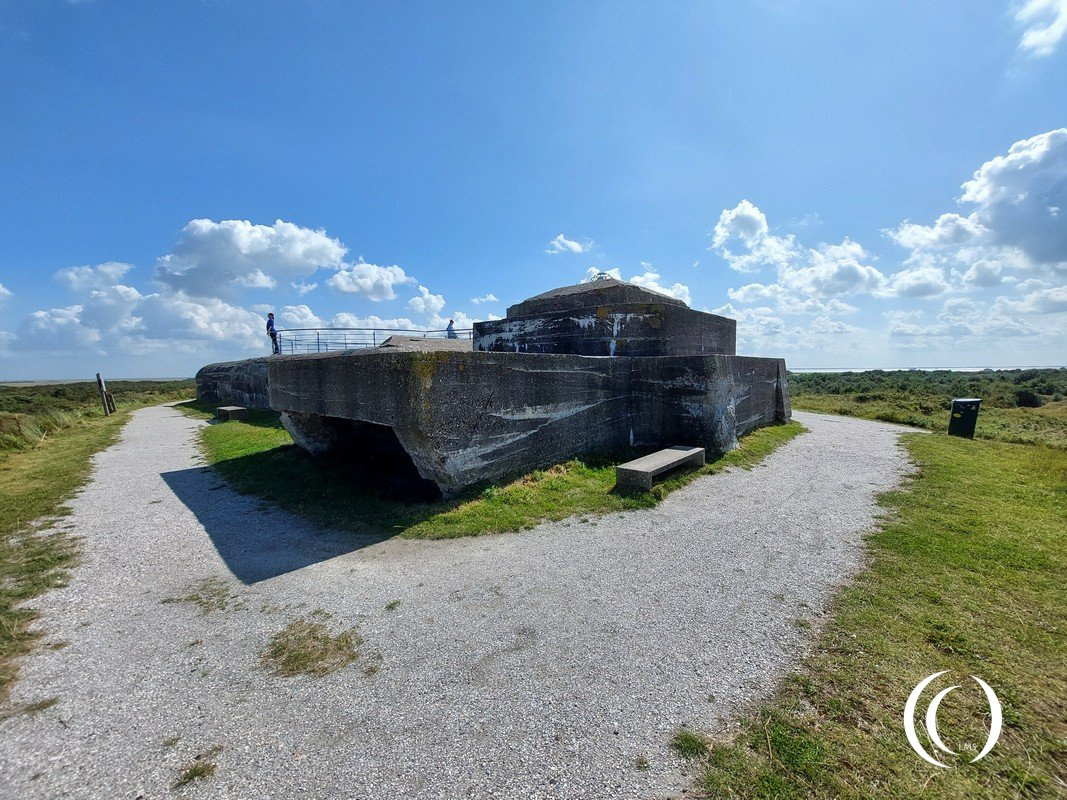
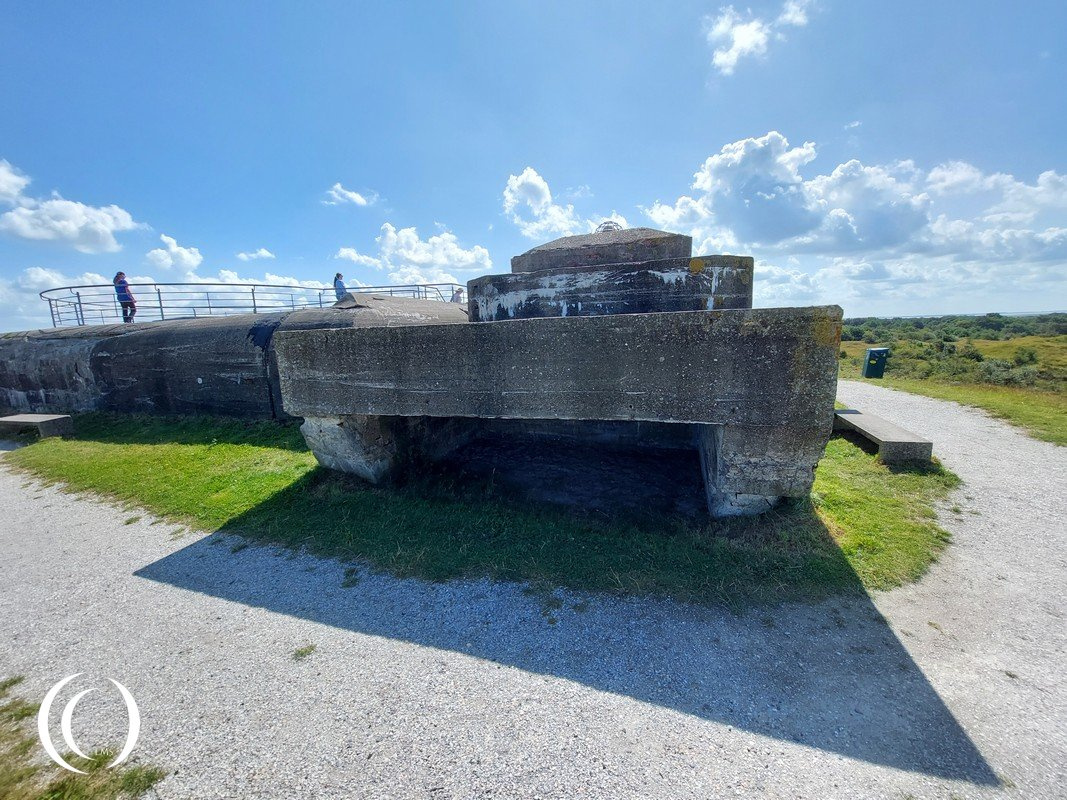
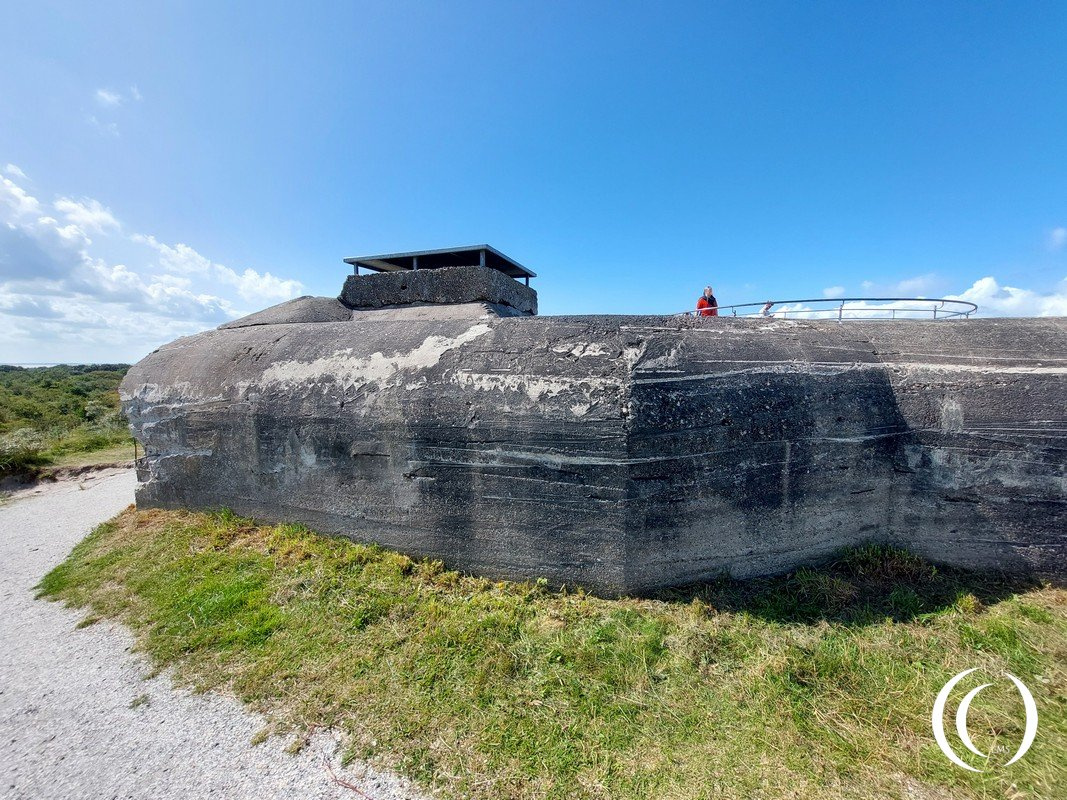
Regelbau L480 Unterstand für Wassermann S
The L480 bunker designed to support the Wassermann radar and house the operations crew was a large bunkertype. It was a Nachrichtenstände, a communication bunker for the support of the 40 meter high radar, to warn Luftwaffe squadrons which defended the German occupied Netherlands and Germany itself. They tried to warn the German fighter and FLaK batteries as early as possible to intercept incoming Allied bomber and fighter formations.
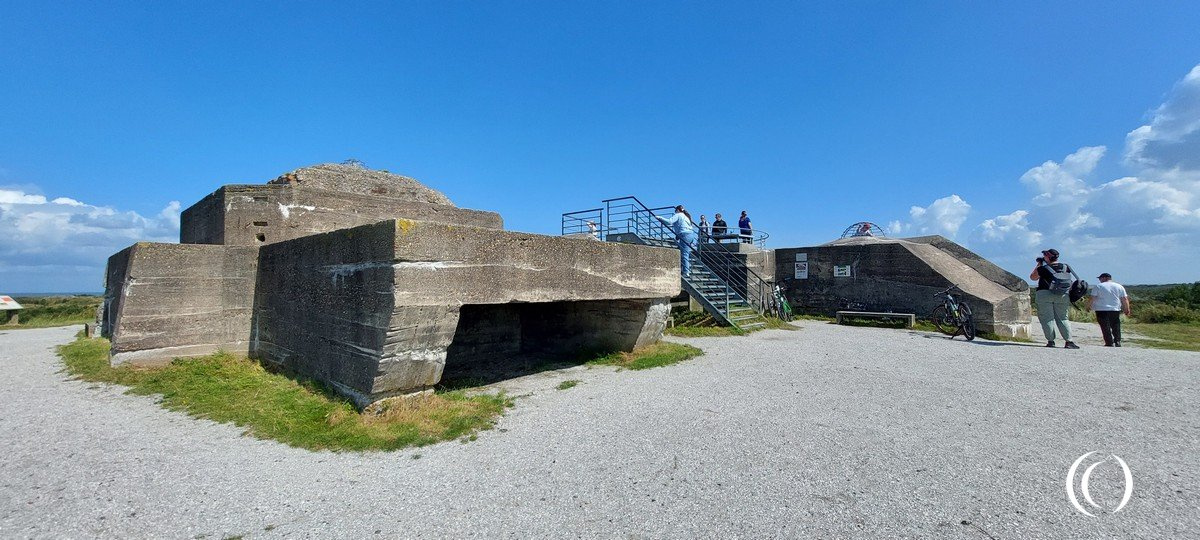
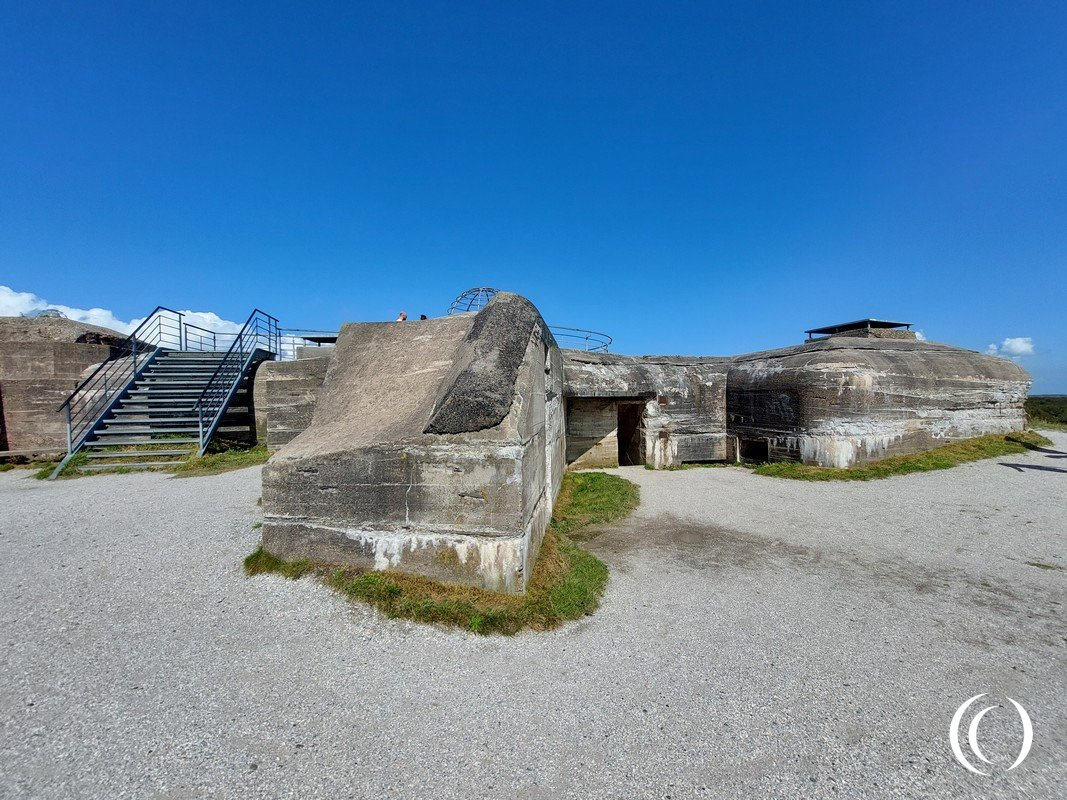
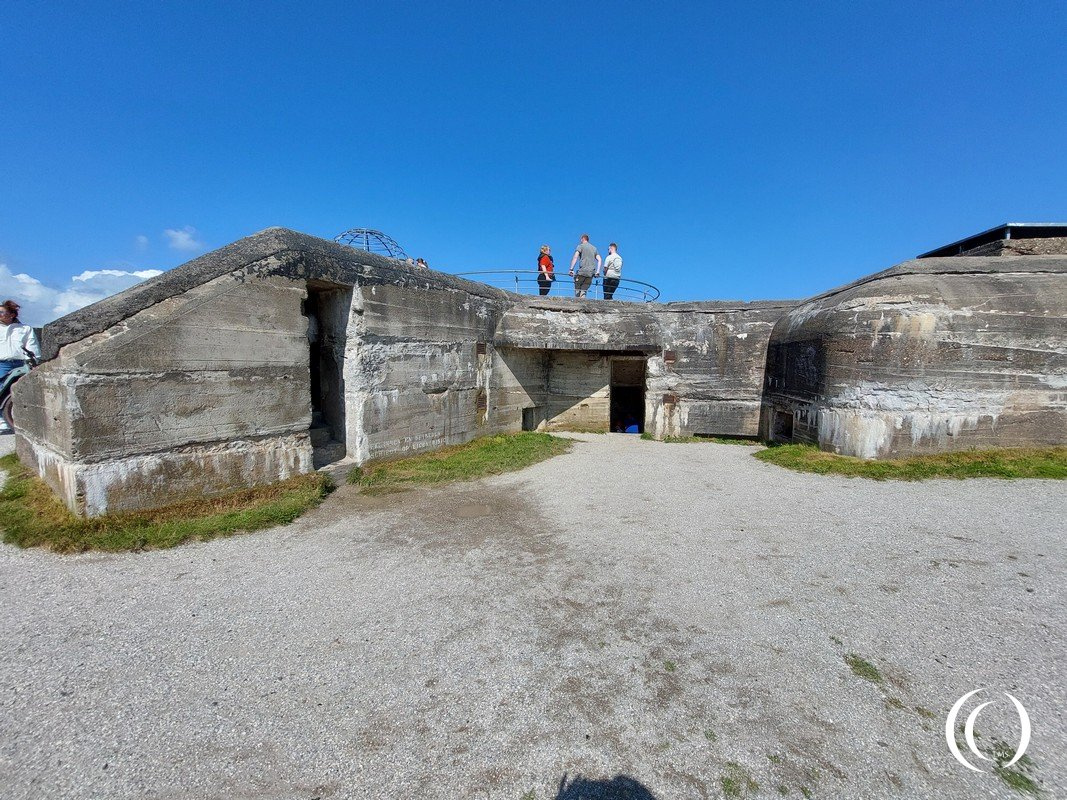
The Regelbau L480 was built on top of the highest dune, about 20 meters above sea level. It is made from 1460 m3 reinforced concrete, 27,40 meters long, 12,20 meters wide and 6,80 meters high. Inside is a generator room, workshop (data analysis and communication), a room for spare parts, multiple storages and a lavatory. There is an emergency current and fuel storage. Near the entrance is a gaslock and a close combat defense, a Tobruk. This type of Regelbau bunker was first mentioned in June 1942.
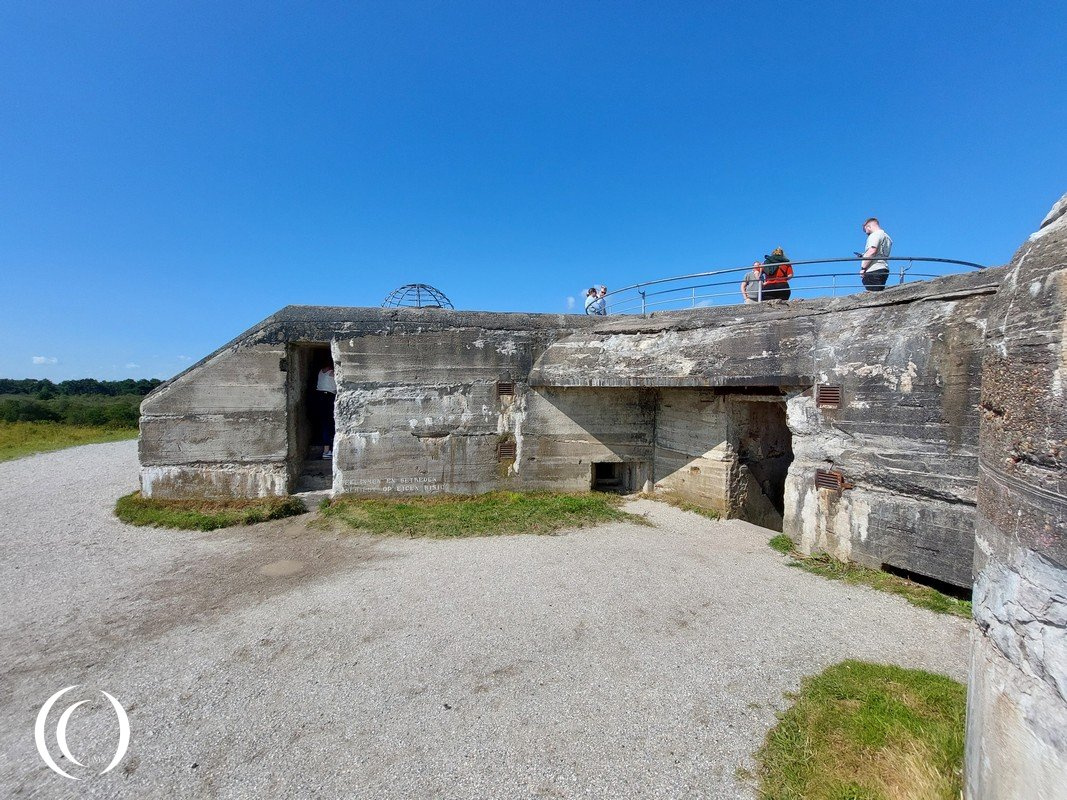
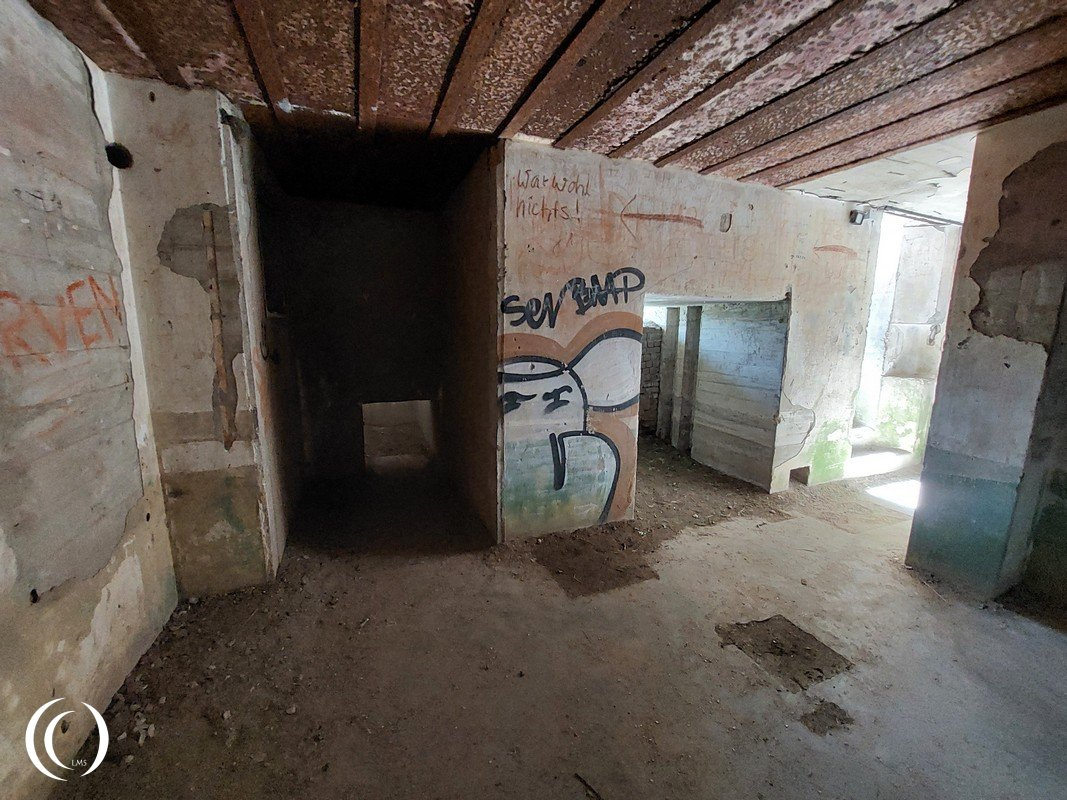
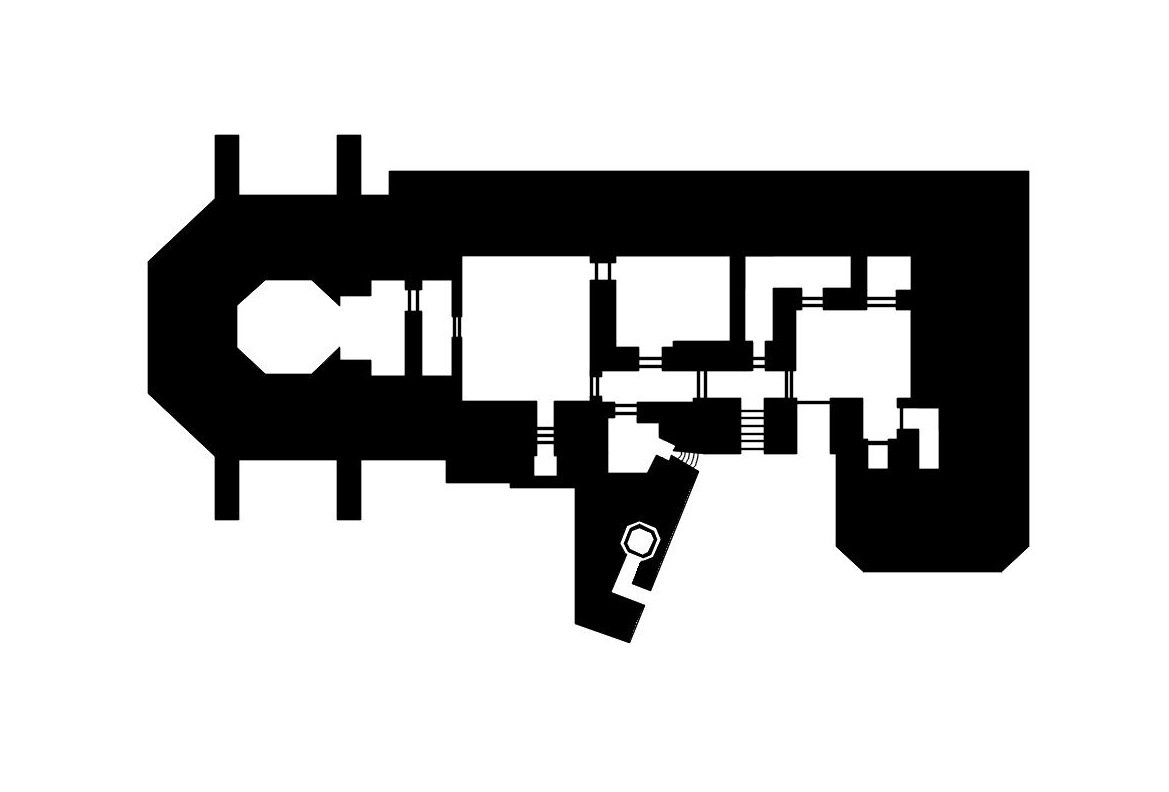
Wassermann radar
The Wassermann radar was a German long-range radar system used during World War II for aircraft detection. It featured a tall, rotating antenna array, up to 40 – 50 meters high, mounted on reinforced concrete bunkers. It was built by Siemens in 1942. The early sets operated at 120-158 MHz and 100 kW. Later versions at 250 MHz and 800 kW. The Wasserman was designed for early warning and airspace monitoring, it could detect aircraft at distances over 300 kilometers. A special bunker was built in 1943 on Schiermonnikoog to support a Wassermann-S type radar, but the radar was never installed during construction, the Germans opted to install a lighter type of radar antenna along the Jacobs Path in the vicinity. This was a Wasserman MII radar type.
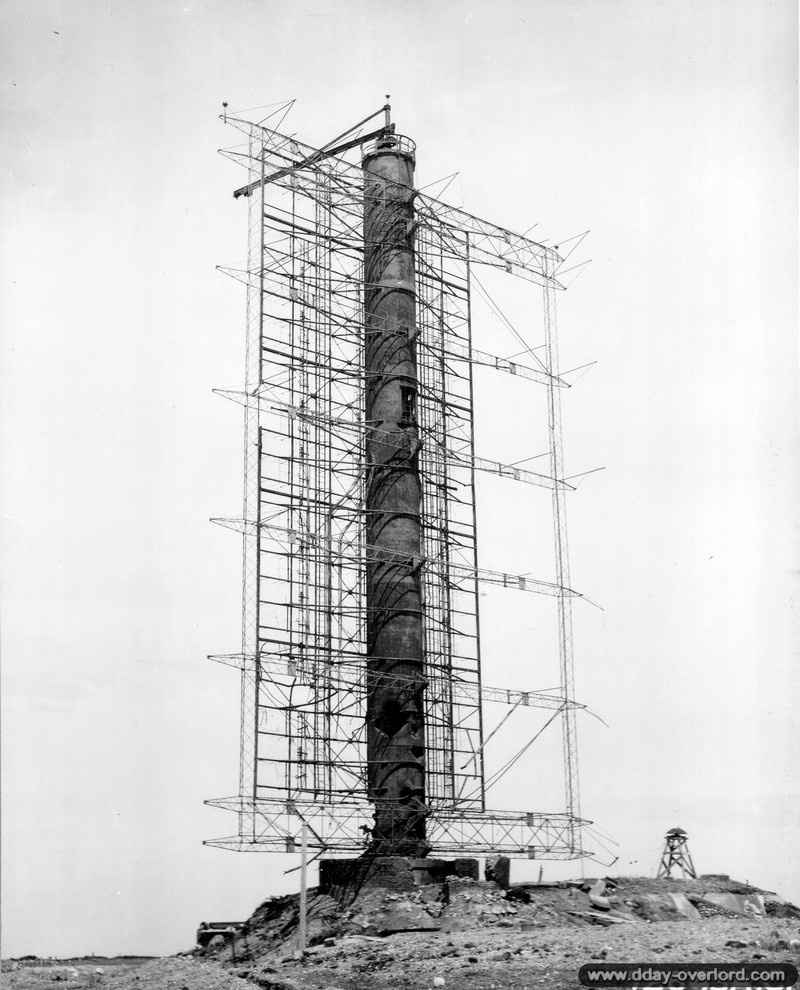
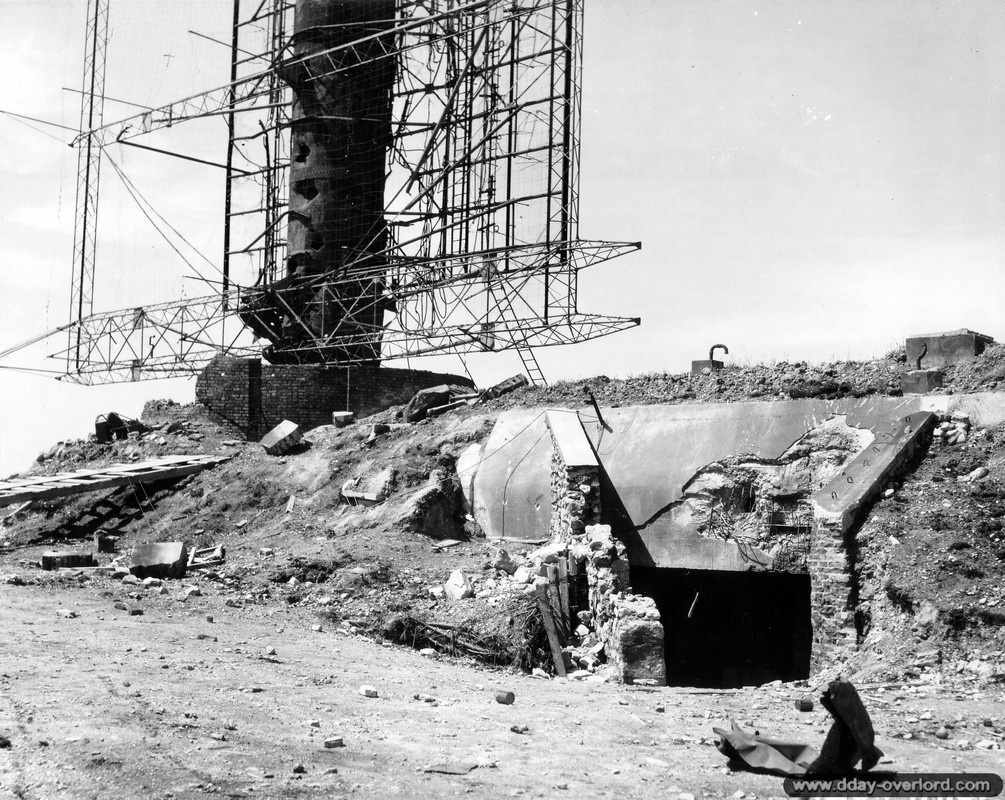
Above is the Klein Heidelberg Tausendfüssler tracking station at the Osteck base in Carneville, 16 km east of Cherbourg (Normandy, France) in the English Channel.
View of bunker Regelbau L 480 with a Wassermann S tower on which the Klein Heidelberg antenna is mounted.
The Klein Heidelberg is a passive system for tracking Allied aircraft using transmissions from the British Chain Home Radar Stations.
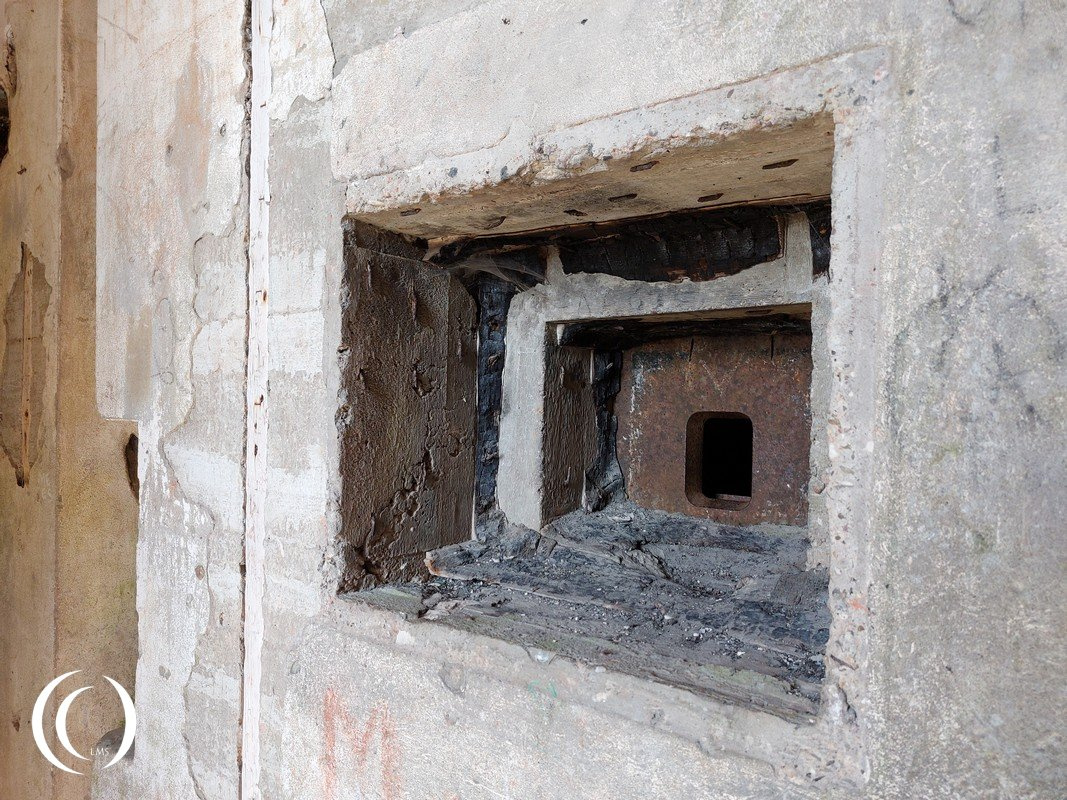
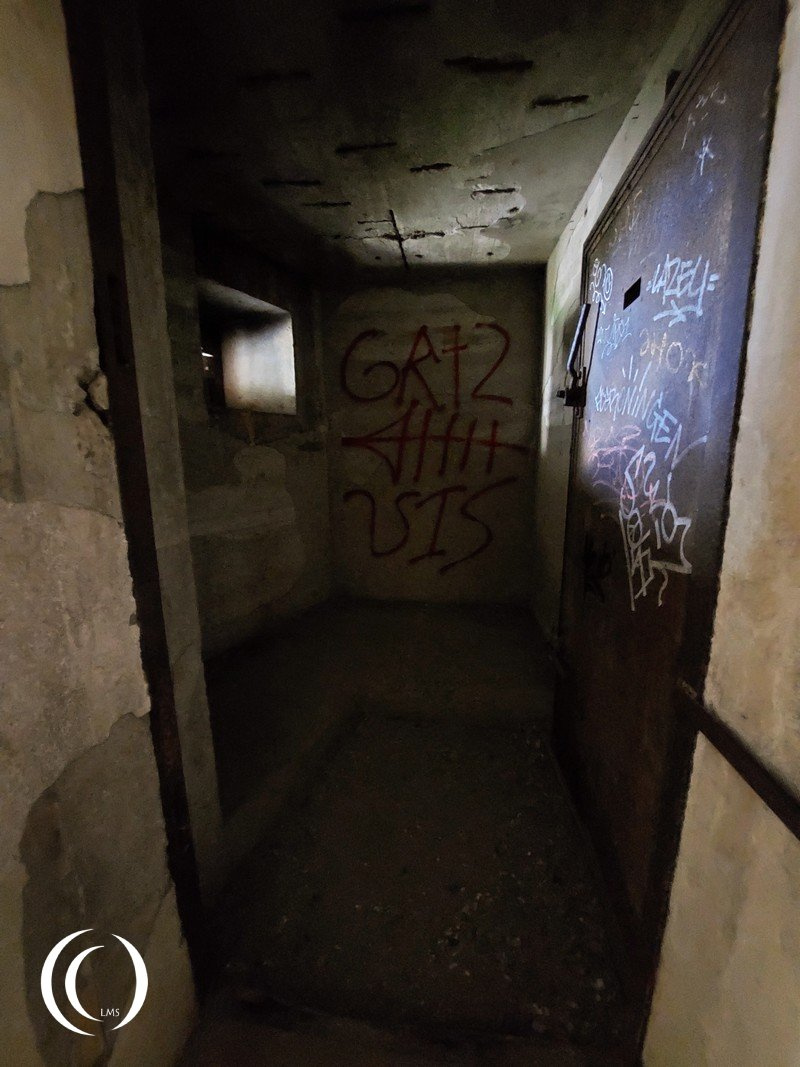
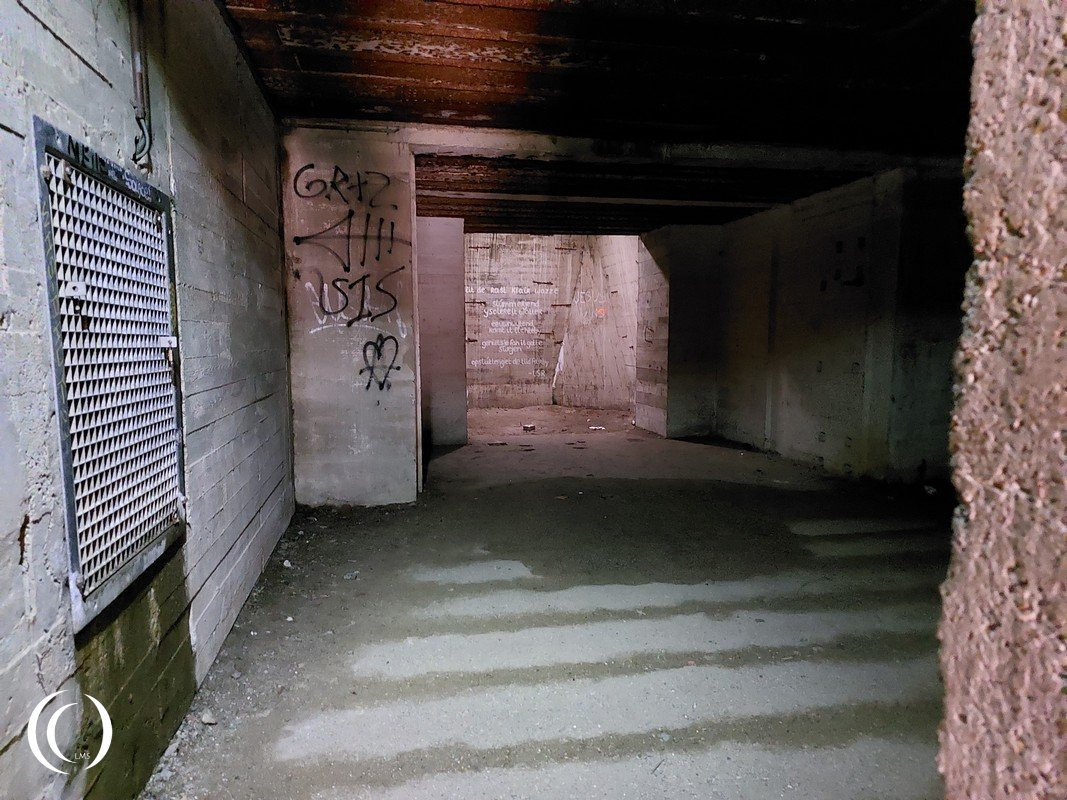
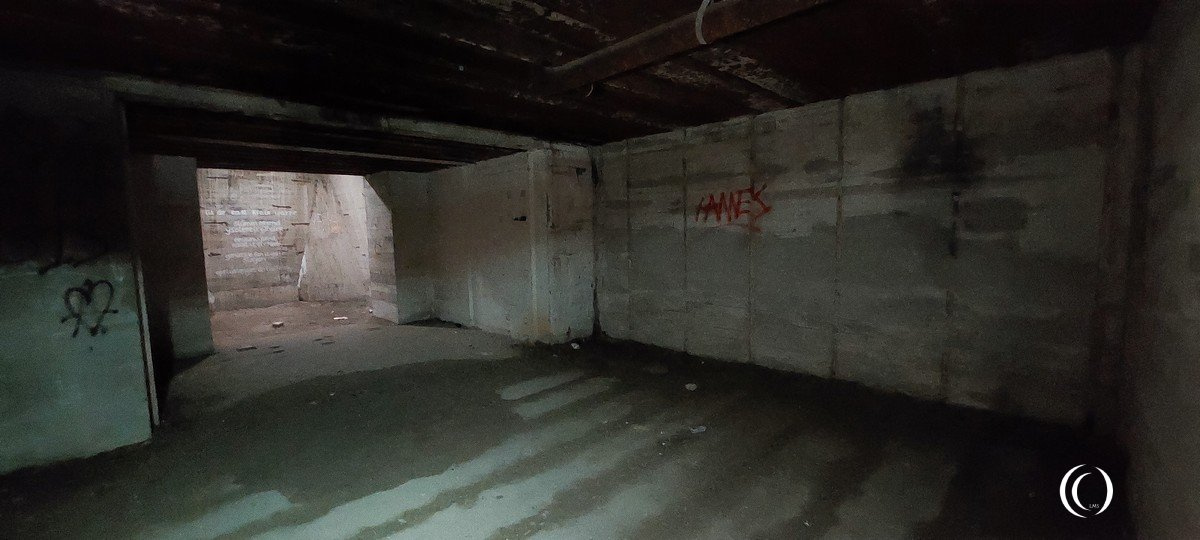
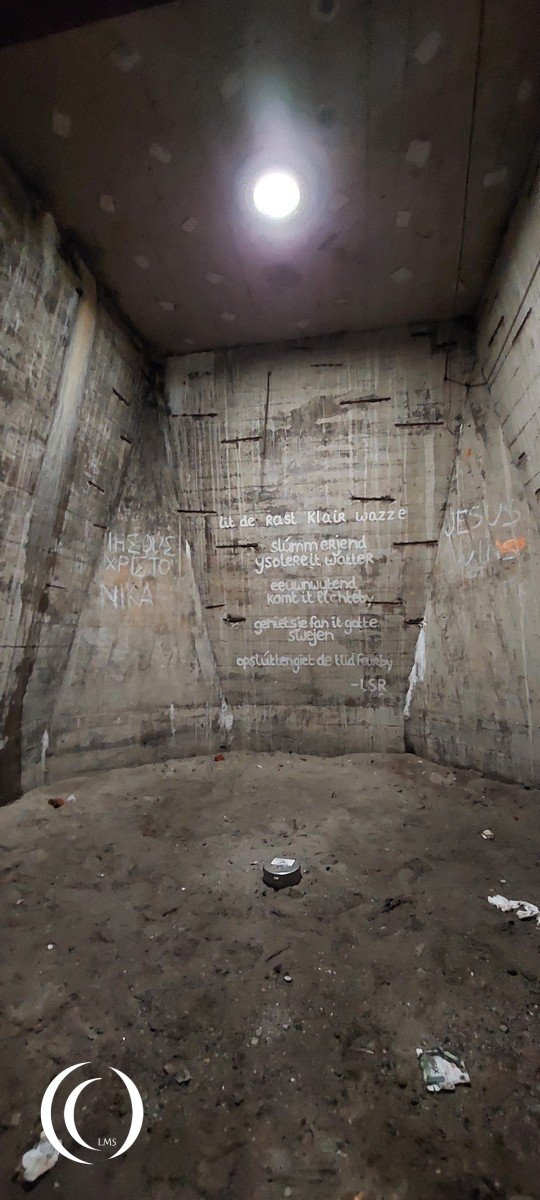
Wassermann bunker on Schiermonniksoog
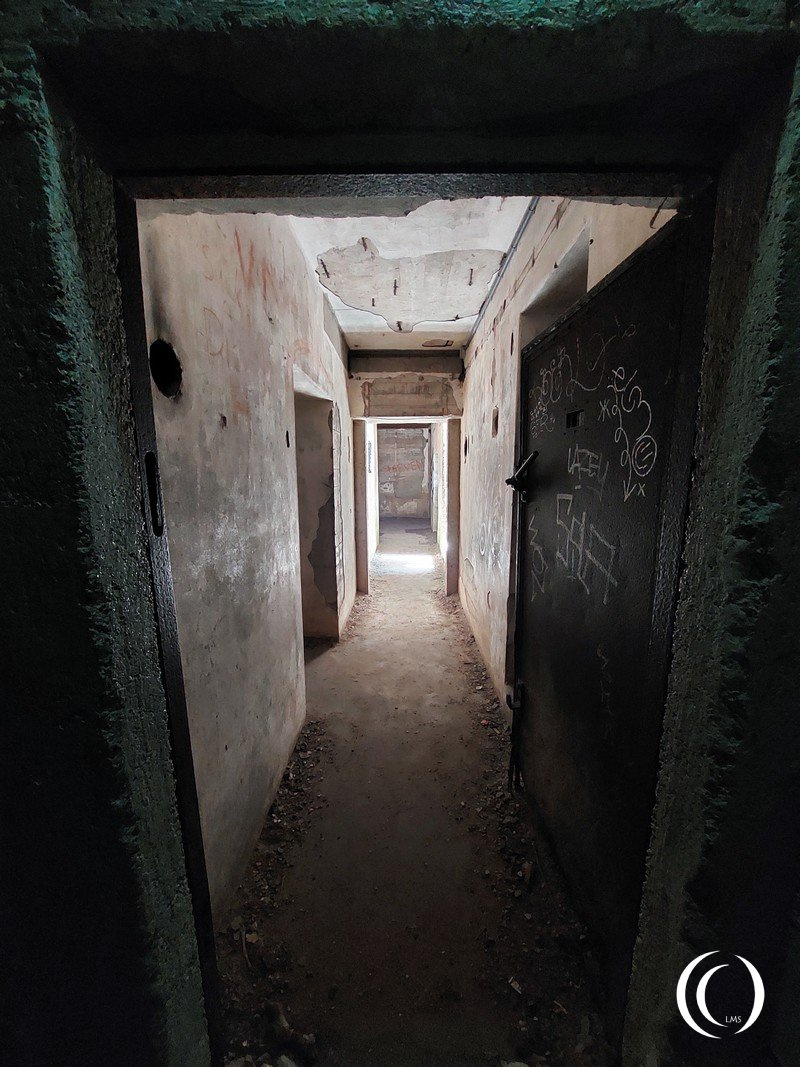
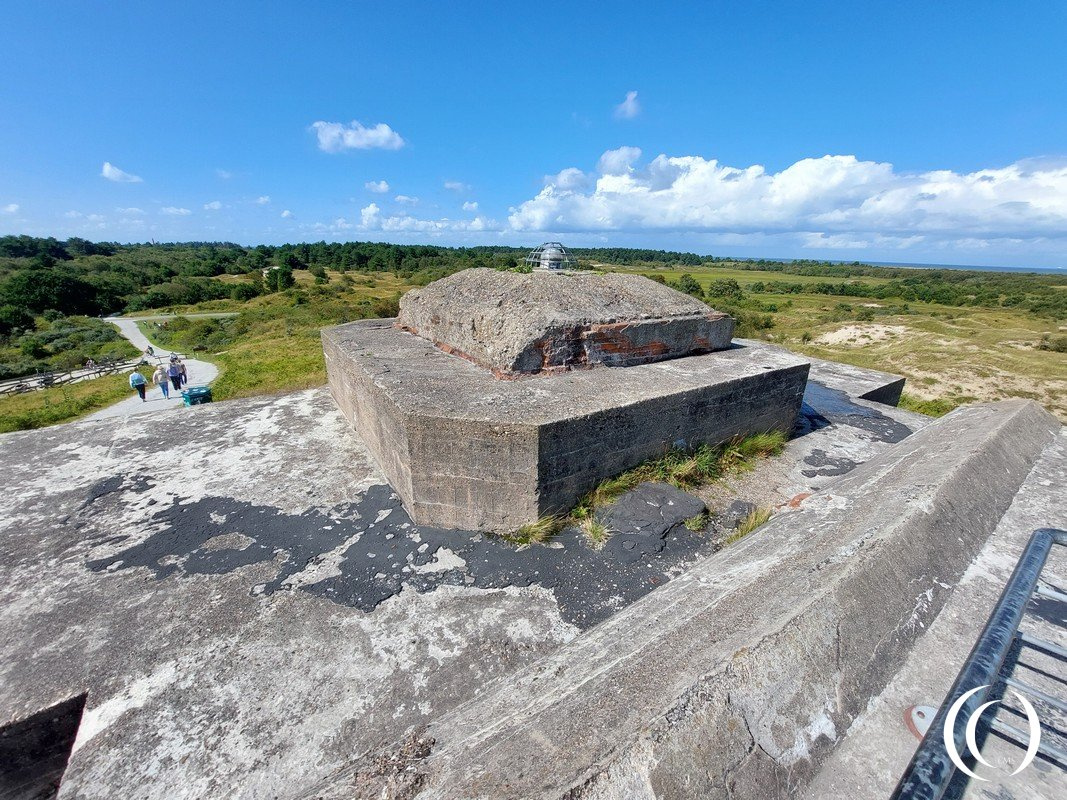
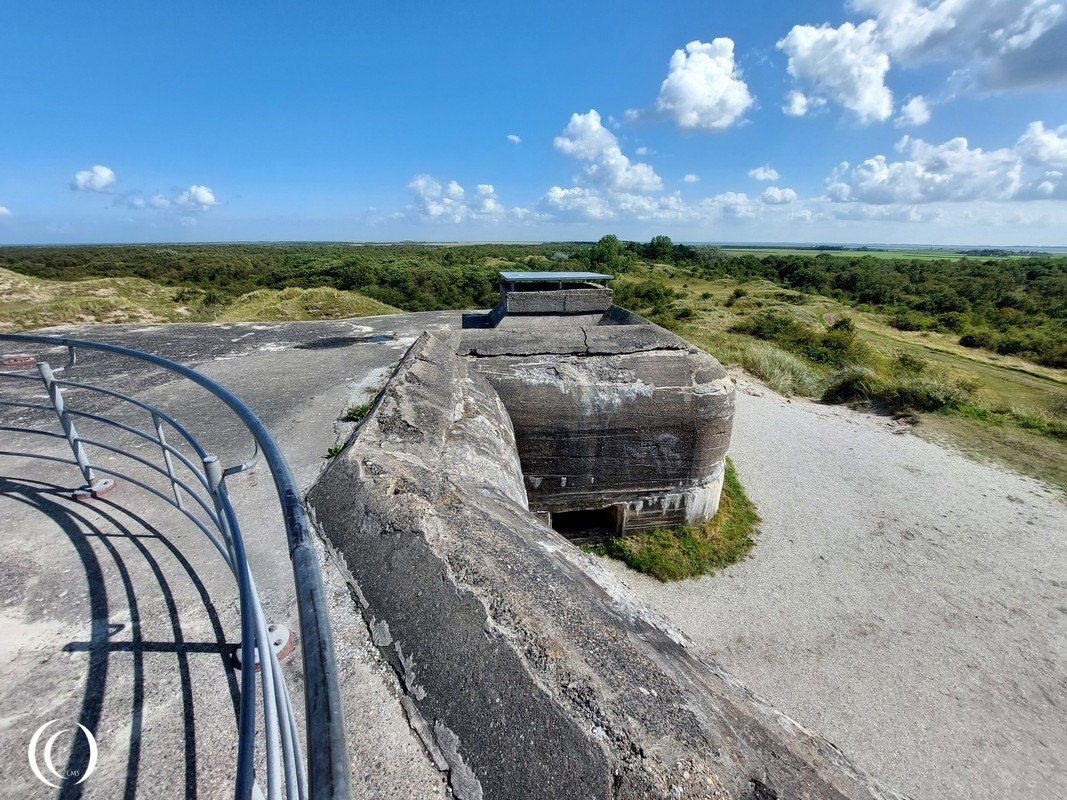
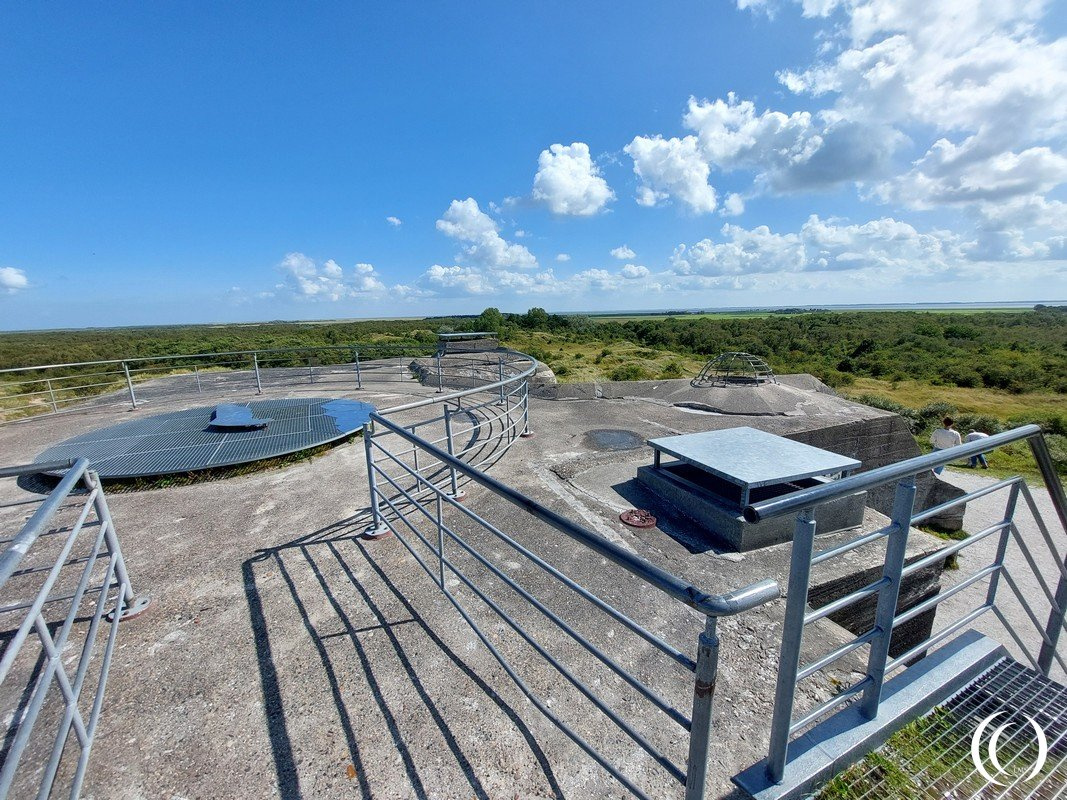
Visit
The bunker sits along Prins Bernhardweg, en route to beach pavilion De Marlijn (2024). It stands on the highest dune, about 20 meters above sea level offering sweeping panoramas over the island, the Wadden Sea, and North Sea. The Wasserman bunker is free to visit and open to the public as a viewing platform. Visitors can climb atop the bunker and take in the views.